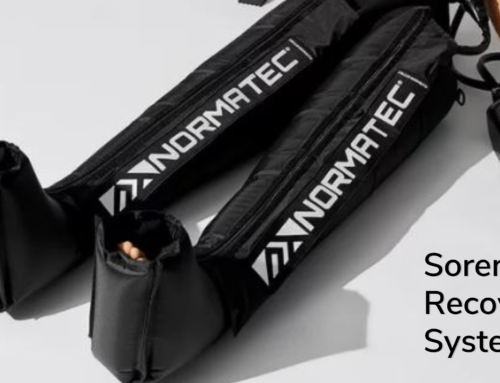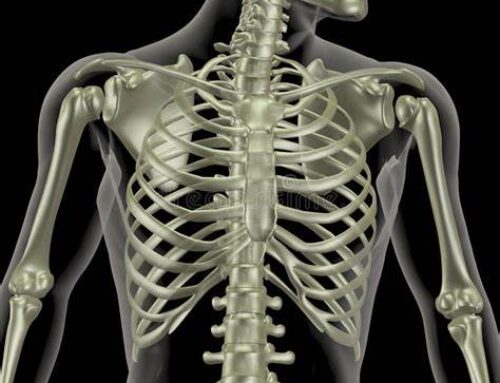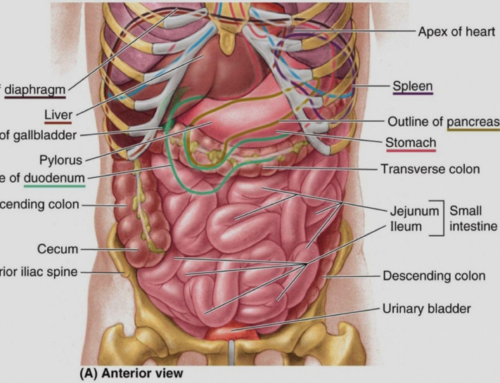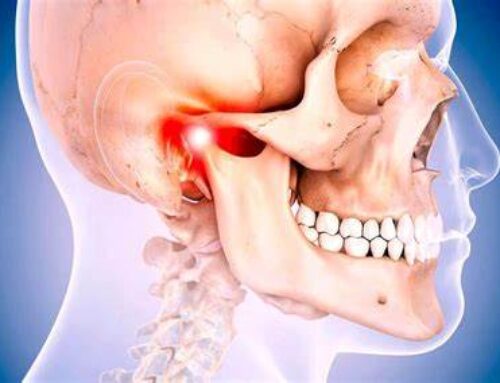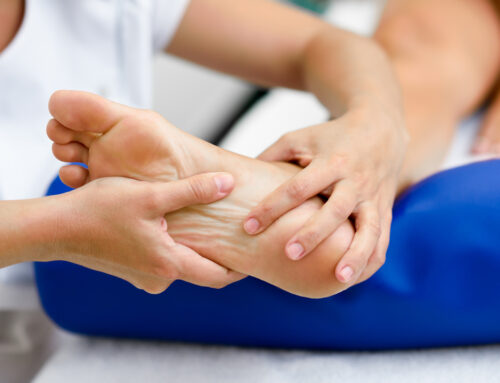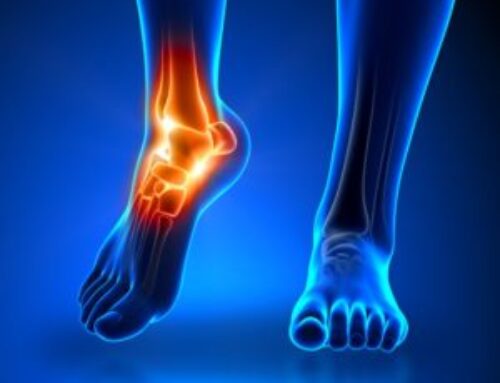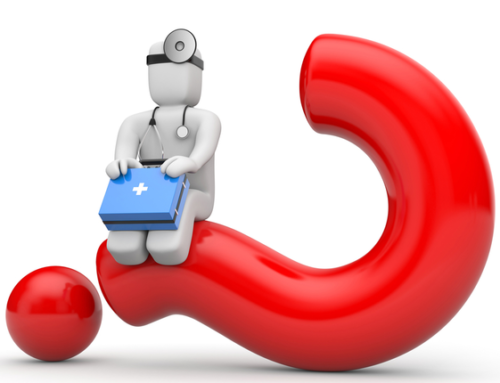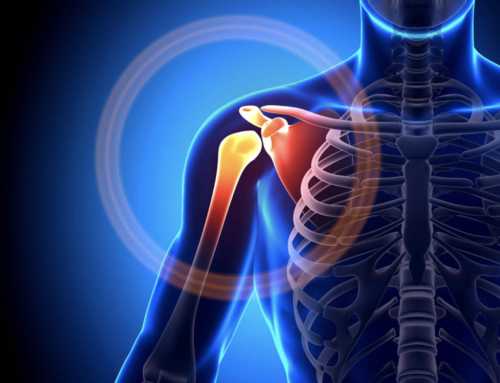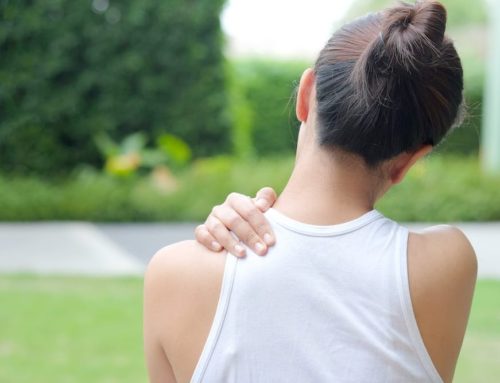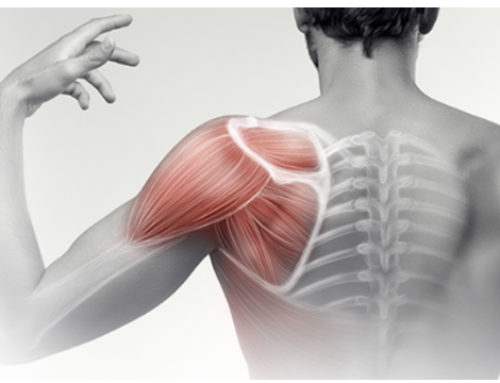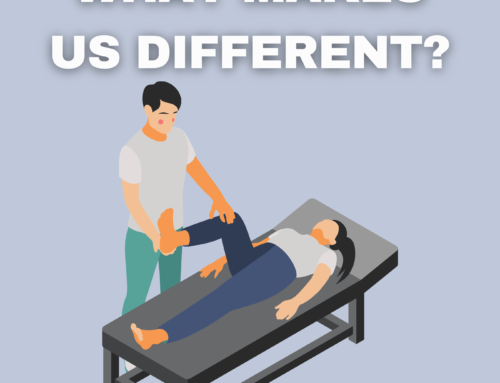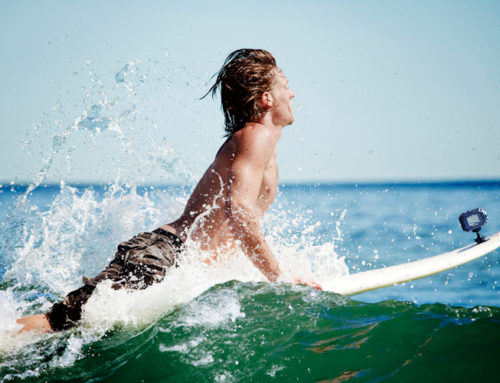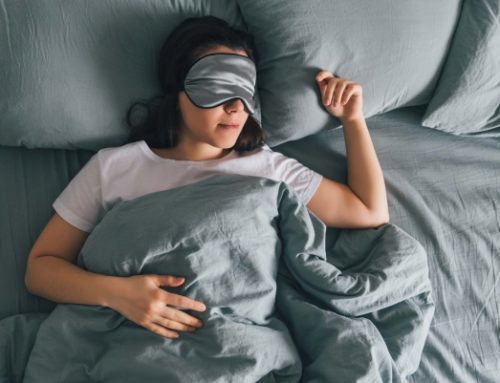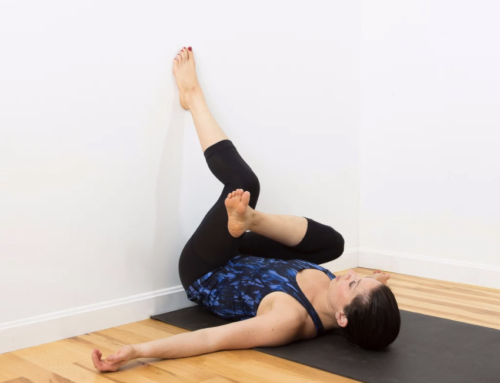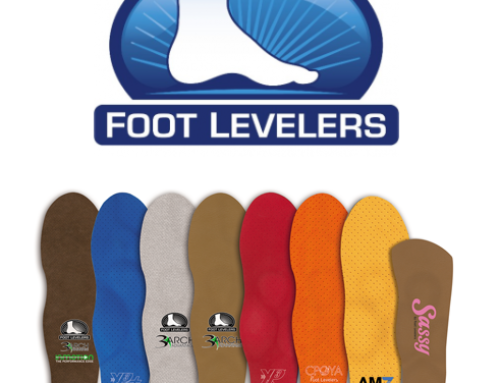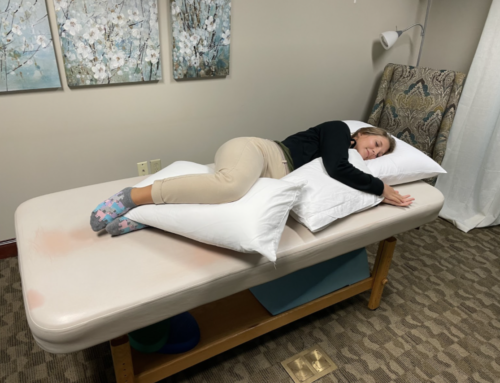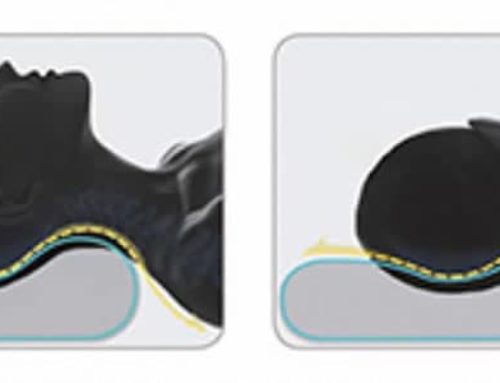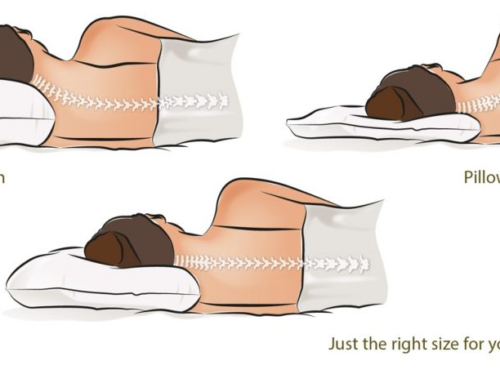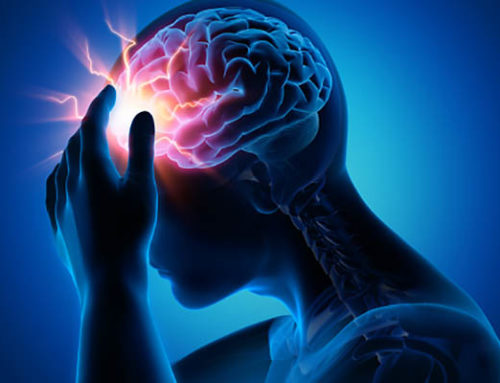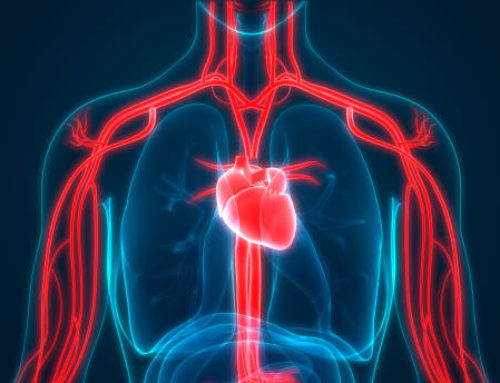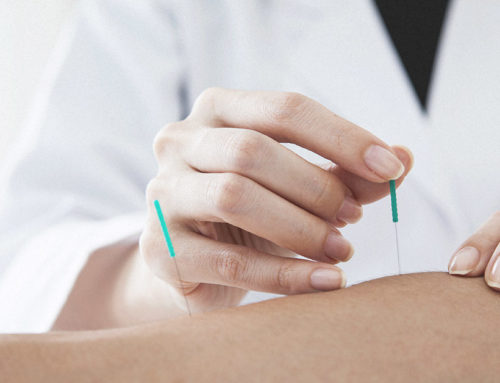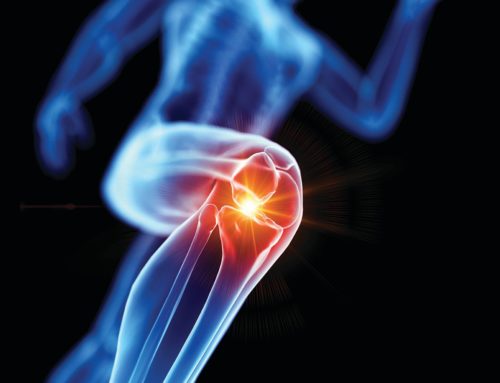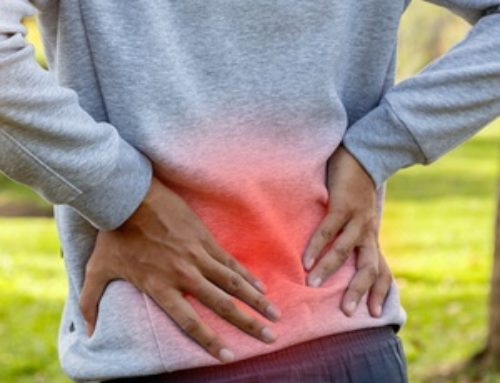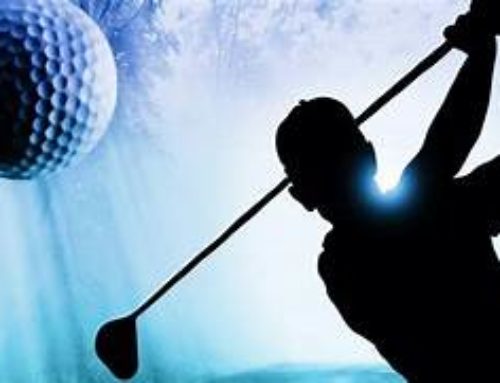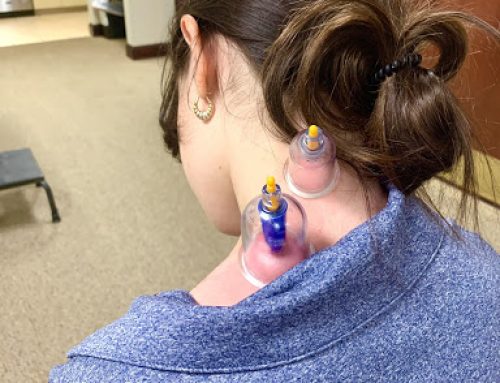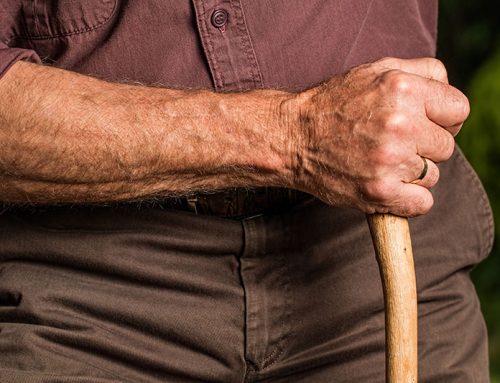Summer is coming to an end and the kids are trading in their swimsuits for school uniforms. This year, we’ve seen quite a few children who complain of ankle and/or foot pain. It can be difficult for parents to distinguish whether their child’s pain should be addressed by rest, ice, steadfast bribery, or something more. Two common causes of adolescent foot and ankle pain that can be treated by JGPT are Sever’s Disease and Pes Planus (pronated foot or flatfoot).
Sever’s Disease
Also known as calcaneal apophysitis, Sever’s disease is a painful bone disease caused by trauma to the growth plate of the calcaneus (heel bone). Sever’s disease is commonly seen in those who are physically active, during an adolescent growth spurt, and between the ages of 8-13 and 10-15 for girls and boys, respectively.
Sever’s disease pain is generally caused by increased pressure on the growth plate secondary to tight and inflexible surrounding soft tissue, muscle, and tendons, (specifically the gastrocnemius muscle and Achilles tendon). This stress can cause swelling, tenderness, and pain with daily activities such as walking barefoot, jumping, and running.
The team at JGPT Beaches can identify structural and mechanical deficits that are contributing to your child’s heel pain and most importantly, equip both child and parent with effective home exercises, self-mobilization techniques, and symptom prevention and management practice that can return the child to 100% pain free sports participation and play.
Pes planus – pronated foot – flatfoot
Children who are medically diagnosed with flatfoot generally are over the age of three. They will complain of pain in the medial arch and/or heel that is made worse with physical activities such as walking, running, and standing in place, and eased by rest.
Physical therapy is a common treatment of choice for a symptomatic pronated foot. Our physical therapists are skilled in identifying the different types of pes planus by postural assessment and functional mobilization. We also examine related aspects, such as the child’s shoe wear pattern, squatting mechanics, and balance strategies to create the most effective treatment plan.
Children are becoming more involved in single and multi-sports participation at earlier ages. Do not just “wait and see” about your child’s ankle or foot pain, come see us today!





